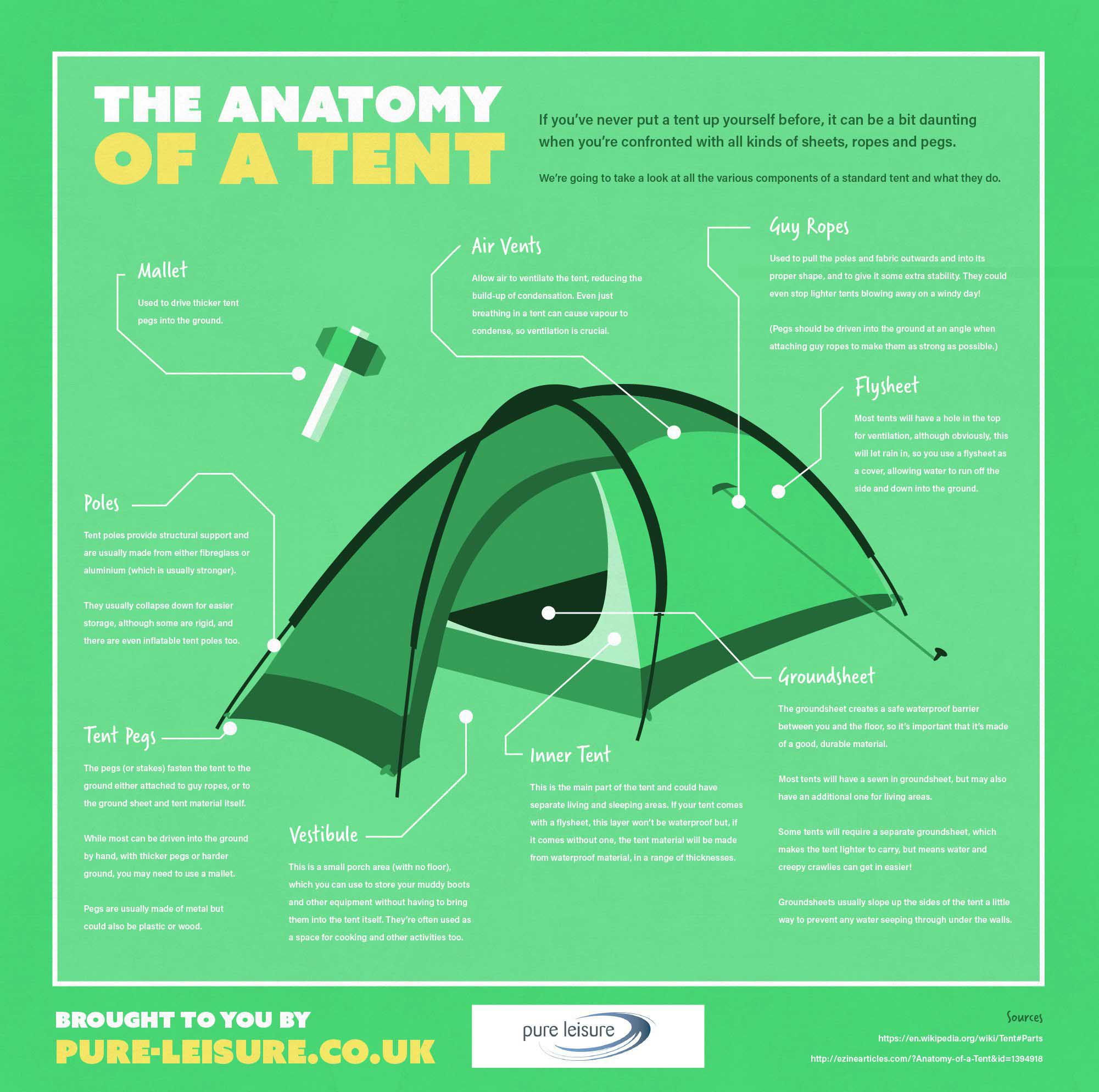The rain fly is a necessary part of your tent, shielding it from rain, wind and extreme sunshine. Whether you pick a spacious multi-room camping tent or light-weight backpacking camping tent, you'll locate that a quality rainfly enhances your exterior experiences.
Try to find a rainfly with durable materials and a high water-proof score. Take into consideration the weight and packability of a rainfly when selecting it for backpacking journeys.
Sleeping Camping tent
A rainfly gives extra security for your outdoor tents from unforeseen showers. Its layout deflects rain and snow and aids prevent water from pooling on the top of your outdoor tents. This can cause the fabric to sag and cave, causing leakages.
Modern rainfly fabrics consist of polyurethane or silicone layers to provide phenomenal waterproofing. Many likewise include sealed seams to avoid water from dripping through stitching. Some also have reflective spots to help you locate your camping tent in low-light problems.
Choose a rainfly that reflects the climate and outdoor camping problems you encounter most often. As an example, desert campers require a rain fly that obstructs wind and UV rays. Backpackers ought to consider ultralight rainfall flies to minimize pack weight without jeopardizing security. Seek flexible attachment points that enable you to alter the stress on the fly to make certain that it is taut and positioned correctly to avoid leakages. A well-positioned rainfly can additionally regulate temperature and decrease condensation inside the camping tent.
Tarpaulin
Tarpaulins are functional items of outdoor camping gear, and a tarp shelter can be one of one of the most comfortable options for camp. In addition to being able to be configured in limitless means, tarpaulins additionally have a tendency to call for much less equipment than camping tents and are much lighter in weight.
A significant benefit to tarp shelters is that they enable adequate air flow. While this can be a downside for some campers, who might prefer to have a more enclosed space, it is a crucial consider keeping passengers from overheating and reducing the accumulation of condensation that might jeopardize the material.
Just like other configurations, when setting up a tarpaulin sanctuary, see to it the ridge line is established at an angle to aid straight rain and snow away from the shelter. A good ridgeline can additionally maintain wind from blowing the tarpaulin around. Make sure the tarpaulin is secured properly with ideal linking methods, such as a prusik knot (or moving knot), at heights that create enough head area and are not a tripping threat, and incline the tarpaulin appropriately for drain.
Insurance coverage
A rainfly is one of one of the most vital pieces of camping devices to bring on any journey. It shields your tent from weather that can rapidly alter, permitting you to remain comfy and enjoy your wilderness adventures.
Modern rain fly styles use greater than just waterproof security. Some have integrated photovoltaic panels to aid you maintain billed on the move, while others have flexible vents for airflow to reduce condensation accumulation. Selecting a rainfly that fits your requirements and choices is essential for the overall experience.
Look for lightweight materials, such as nylon or polyester, and polyurethane finishes to improve water resistance. Additionally take into consideration the rainfly's head hydrostatic stress ranking, which aids you determine its capacity to withstand rainfall and wind. Keep in mind that rainfall flies typically have to be cleaned after each usage, given that dust can endure the water-proof layer. It's ideal to tidy and shop it in a great, completely dry location to prevent mold and mildew.
Shelter
A rainfly is a vital tool for your hammock, shielding you from the components and making certain that you can sleep pleasantly. When selecting a rainfly, think about the climate and conditions in which you'll be outdoor camping. For example, tropical settings may call for a rainfall fly that has high humidity and breathable fabric UV protection. Other factors to consider consist of material type and weight. Look for options that are light-weight and made from long lasting products that resist abrasions and stains.
If you do not have a rainfall fly, you can produce a makeshift shelter making use of a tarpaulin. Nonetheless, it's ideal to set up your rainfall protection first prior to putting up the remainder of your tent. This makes sure that you can quickly and quickly enter and out of your hammock in the event of an unexpected tornado or modification in climate. Also, make certain that your rainfall fly is correctly secured to prevent flapping in the wind. Remember that rain flies and insect webs should be cleaned up consistently to avoid mud, mold and mold and mildew from building up gradually.
